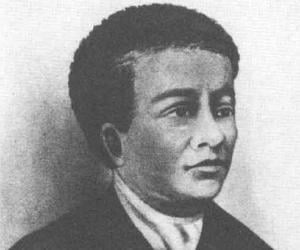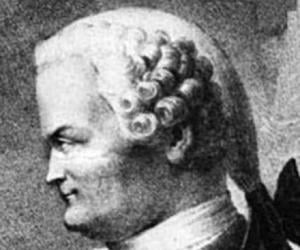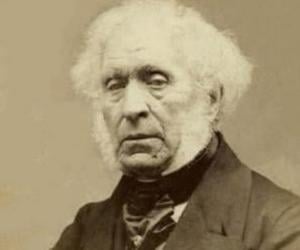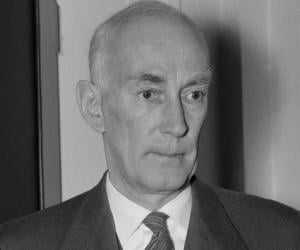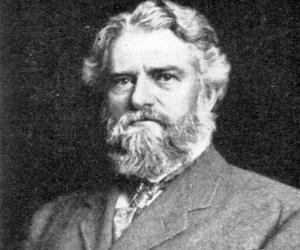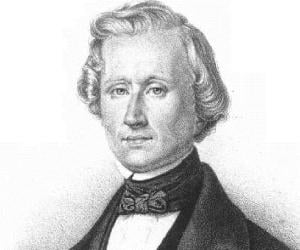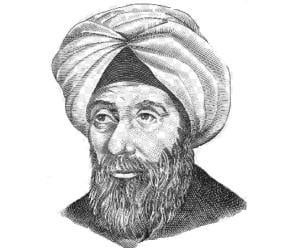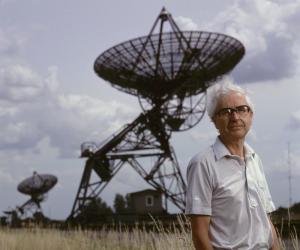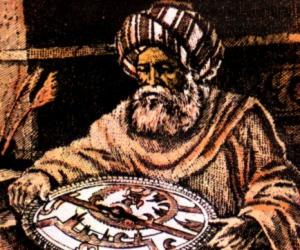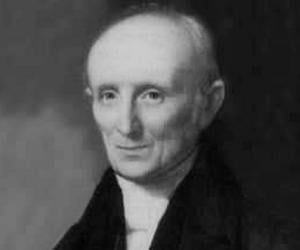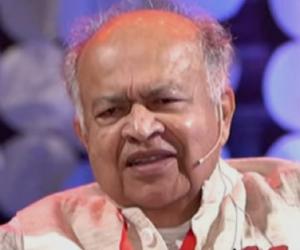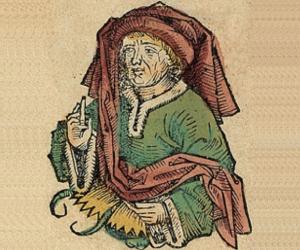Quick Facts
Died At Age: 74
Family:
father: Robert Bannaky
mother: Mary Bannaky
African Americans African American Men
Died on: October 9, 1806
place of death: Baltimore County
U.S. State: Maryland
Childhood & Early Life
Benjamin Banneker was born on 9 November 1731, at Ellicott’s Mills, in Maryland. His father, Robert, was an ex-slave and his mother‘s name was Mary Banneky.
Bannekar’s parents were free and so he could escape the chains of slavery as well. He learnt reading from his maternal grandmother and attended a small Quaker school for a brief time.
His brilliance can be understood from the fact that he was mostly a self-educated man who achieved much in his life through his own efforts.
His initial achievements included designing an irrigation system for his family farm and constructing a wooden clock that had the reputation of keeping accurate time. In fact the clock functioned for over 50 years till Benjamin’s death.
Apart from these contributions, Benjamin learnt all about astronomy by himself and could do accurate forecasting of lunar and solar eclipses. After his father passed way, he managed his own farm for several years and developed a business for selling tobacco through crops.
Later Life
Bannekar’s talent was noticed by the Ellicot family, who were his neighbor and renowned entrepreneurs of the Baltimore area. Banneker was friends with the Ellicot Brothers, of whom George Ellicot was also in the field of astronomy and mathematics.
George Ellicott lent Bannekar many books on astronomy and a telescope and tools that were used in astronomy. Bannekar learnt astronomy all by himself.
In 1789, he accurately predicted a solar eclipse and became the first African-American to be appointed to the President’s Capital Commission.
In 1791, Andrew Ellicot, one of the members of the family hired Benjamin to assist him in surveying the territory for the capital city of the nation. Bannekar worked in an observatory tent and used a zenith sector for recording the movement of the stars. But Banneker suffered from a sudden illness that made him leave the work after three months.
Benjamin was hugely acclaimed for his almanacs that were published from 1792 to 1797 and contained valuable information about literature, medical, opinion pieces and his very own astronomical calculations.
In 1791, Bannekar wrote a letter to Thomas Jefferson—who was the-then United States Secretary of State and had drafted had drafted the United States Declaration of Independence in 1776—regarding justice for African Americans, who were treated as slaves.
Thomas Jefferson greatly admired Bannekar and had sent his almanac to Paris for inclusion at the Academy of Sciences. After the publication of almanac, Bannekar began a correspondence with Jefferson on the subject of the abolition of slavery.
Major Works
In 1753, when Banneker was only 22, he constructed a wooden clock that struck on every hour. He seemed to have modeled this clock from a pocket watch that he had borrowed, and the clock functioned till Benjamin passed away.
His famous almanacs were published consecutively for six consecutive years from 1792 to 1797. The almanacs contained valuable information on various subjects and fields and Bannekar did all the calculations by himself.
Benjamin also produced a dissertation on bees and calculated the cycle of 17-year locust.
Awards & Achievements
Benjamin made accurate projections of both lunar and solar eclipses and had even done computations on ephemerides for one of his almanacs.
He is regarded as the first African-American man of science.
Personal Life and Legacy
Benjamin Bannekar did not marry and pursued his scientific studies all through his life. He did not have any relationship with any woman in his life.
After the publication of his almanac stopped, he sold a major portion of his farm to the Ellicott and some of the other people so that he could meet the ends and continued to live in his log cabin.
Benjamin died On 9 October 1806, while sleeping after coming back from his daily morning walk, just a month before his 75th birthday.
On 11 October 1906 while his funeral was going on a major fire broke out in his house and burnt down everything including his personal effects, furniture and wooden clock. The actual cause of fire was never known.
A number of recreational facilities, schools, streets and institutions have been named in his honour. A postage stamp was also released in his honour.
Facts About Benjamin Banneker
Benjamin Banneker was a self-taught mathematician and astronomer, known for accurately predicting solar and lunar eclipses.
He constructed a wooden clock entirely from memory, without any prior knowledge of clockmaking.
Banneker was a skilled farmer who developed an irrigation system to help improve crop yields on his family’s farm.
He corresponded with Thomas Jefferson, challenging the institution of slavery and advocating for racial equality.
Banneker was instrumental in surveying and planning the layout for the city of Washington, D.C.
See more:


